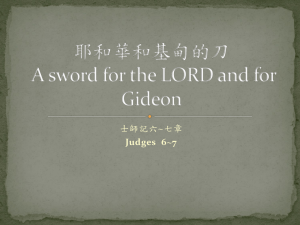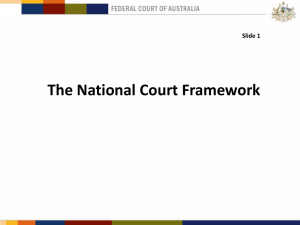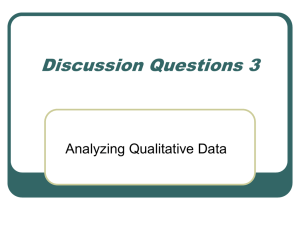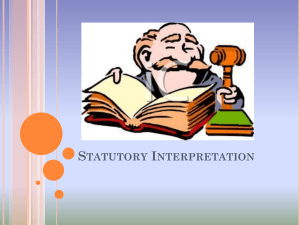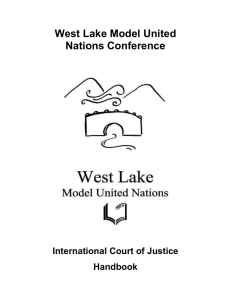International Court of Justice
advertisement
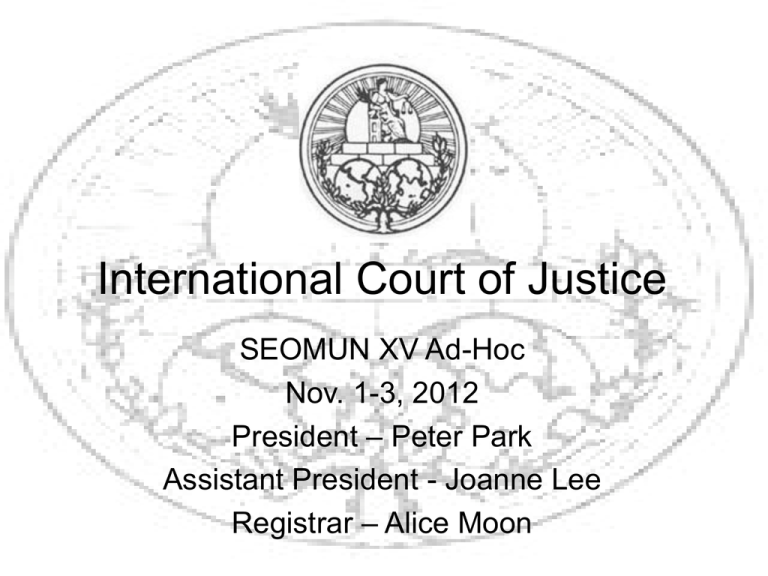
International Court of Justice SEOMUN XV Ad-Hoc Nov. 1-3, 2012 President – Peter Park Assistant President - Joanne Lee Registrar – Alice Moon Structure • President / Assistant President (2, 1 presiding) – in charge of leading the session smoothly • Registrar (1) – organizes the evidence and witnesses; takes notes during judges’ deliberation • Advocates (4) – lawyers of ICJ; a counsel of two advocates represents each nation • Judges (15) – make the final verdict after listening to the cases made by each side Parties in Dispute • Moving Party (Applicant) – The nation that sues another nation for breaching international law by bringing their case to the ICJ. The moving party has the burden of proof. – Nicaragua • Responding Party (Respondent) – The nation that is being sued. Does not have the burden of proof, and has to prove that the Applicant’s claims are not true. – Costa Rica • Case: Construction of a Road in Costa Rica along the San Juan River (Nicaragua v. Costa Rica) Burden of Proof • The Applicant has the ultimate burden of proof. Which side wins depends on whether Applicant meets burden of proof or not. – Applied when examining the evidence and making the final decision – Applicant has to persuade a simple majority of the judges that its position carries weight or is persuasive by at least 51% (preponderance of the evidence) • Note to Judges: If 51% or more of the total evidence supports the Applicant’s case, then vote for the Applicant. Otherwise, vote for the Respondent. What is International Law? • Listed out in Article 38(1) of the Statute of the ICJ – "(a) international conventions, whether general or particular, establishing rules expressly recognized by contesting states; – (b) international custom, as evidence of a general practice accepted as law; – (c) the general principles of law recognized by civilized nations; – (d) … judicial decisions and the teachings of the most highly qualified publicists of the various nations, as subsidiary means for the determination of rules of law.” Evidence and Testimony • Advocates will support their cases by presenting two different types of evidence: – Real Evidence: consists of objects of any kind (in SEOMUN ICJ, these will mostly be written documents) – Testimony: statements of witnesses, people who have first-hand knowledge of the events relevant to the case Presentation of Real Evidence • Each counsel will be presenting 8-15 pieces of real evidence. • Each evidence will be collected by the registrar and labeled Applicant #1, 2, 3... or Respondent #A, B, C..., according to whether the evidence is from the moving party or the responding party. • Judges are responsible for weighing each evidence in regards to the following factors: – Authenticity – Reliability – Accuracy – Relevance • Advocates may object to the other counsel’s evidence based on the above four criteria. Admission of Evidence • Judges will be assigned one or two pieces of real evidence to examine closely. • The judges will decide… – 1. Whether each evidence will be admitted into the court record (i.e. whether it will influence the verdict or not) – 2. “Weight” (value of importance, from 1 to 10) of the evidence, based on authenticity, reliability, accuracy, and relevance • Must bring into account! – Objections previously made by the advocates – The four major requirements that evidence must meet Witness Testimony • A witness is an ambassador of a nation or NGO who is pulled out of his or her committee. • Witnesses provide a testimony of their role in the case in front of the entire court. – must be first-hand, may not testify about second-hand information • Whatever the witnesses say is testimony, and testimony is evidence. – except when the question or answer is struck out by an objection • Advocates are recommended to call three Witness Testimony • Order – Direct examination – Cross examination – Re-Direct examination – Re-Cross examination – Judges’ Questioning Witness Testimony • Direct Examination – An advocate questions his counsel’s own witness. – Leading questions are not allowed. • Cross Examination – Advocates questioning the opposing side’s witness. – Must relate to the content of the previous direct examination – If properly done, every question should be a leading question • Judges’ Questioning - The judges ask questions to witnesses for clarification/additional information only, not for arguing or attacking. Leading Questions (Objection!) • Leading questions are those questions which suggest the answer by the very nature of the question, cannot be asked during direct-exam • Yes or No questions • Ex. “You ate the chocolate, didn’t you?” • Questions that Make Unestablished Assumptions • Ex. “What did you talk about in your dialogue with Mr. Smith?” (when it has not been established by evidence that such a dialogue ever occurred) Hearsay Questions (Objection!) • Second-hand information • When a witness testifies that he heard someone else, who is not before the court, say something pertaining to the case • For the hearsay objection to be sustained, – must be a statement (declarative, not imperative or exclamatory) – must be offered for the truth of the matter (e.x.: “I heard Mr. Wang say ‘The car is red’” may be offered not to prove that the car is indeed red, but to prove that Mr. Wang isn’t color blind. • Ex. “Mrs. Boush, what did Mr. Boush say about the Secretary-General?” – Only acceptable if Mr. Boush is in the courtroom to verify the answer given. Speculation (Objection!) • A witness cannot be asked a question to which he/she doesn’t have the specific knowledge to answer • To avoid a speculation objection, the direct • Examples – “What do you think they meant by this?” – “So who’s guilty?” • This is a blatant example of speculation. A skilled lawyer would object to this question using ‘speculation’. • Without an objection, though, the question is valid and remains in record, and the witness may answer it. After Witness Testimonies • Rebuttals – Each counsel addresses the arguments made by the opposing counsel, and counters them • Closing Statements – wrap up all the points that were discussed during the trial – The “Prayer for Relief” must be stated – Advocates can only interpret/comment on the facts and laws during this time. • Before closing statements, you may only state facts and laws, not comment on or discuss them Judge’s Deliberation • Judges list out and prioritize the major points of contention (“issues”) • Judges, based on their knowledge of the evidence, will deliberate on which side won each of these clashes • Judges will vote on each one of the major points of contention • Resources to use during deliberation: – real evidence – your notes Writing the Judgement • Verdict – Majority Opinion; Decision of the court • Separate, but Concurring – opinions of the judges who agree with the decision on who won but differ on the reasons why (i.e.: points of contention) • Dissenting – opinions of the judges who disagree • Separate, But Dissenting – opinions of the judges who dissent but differ on the reasons why
